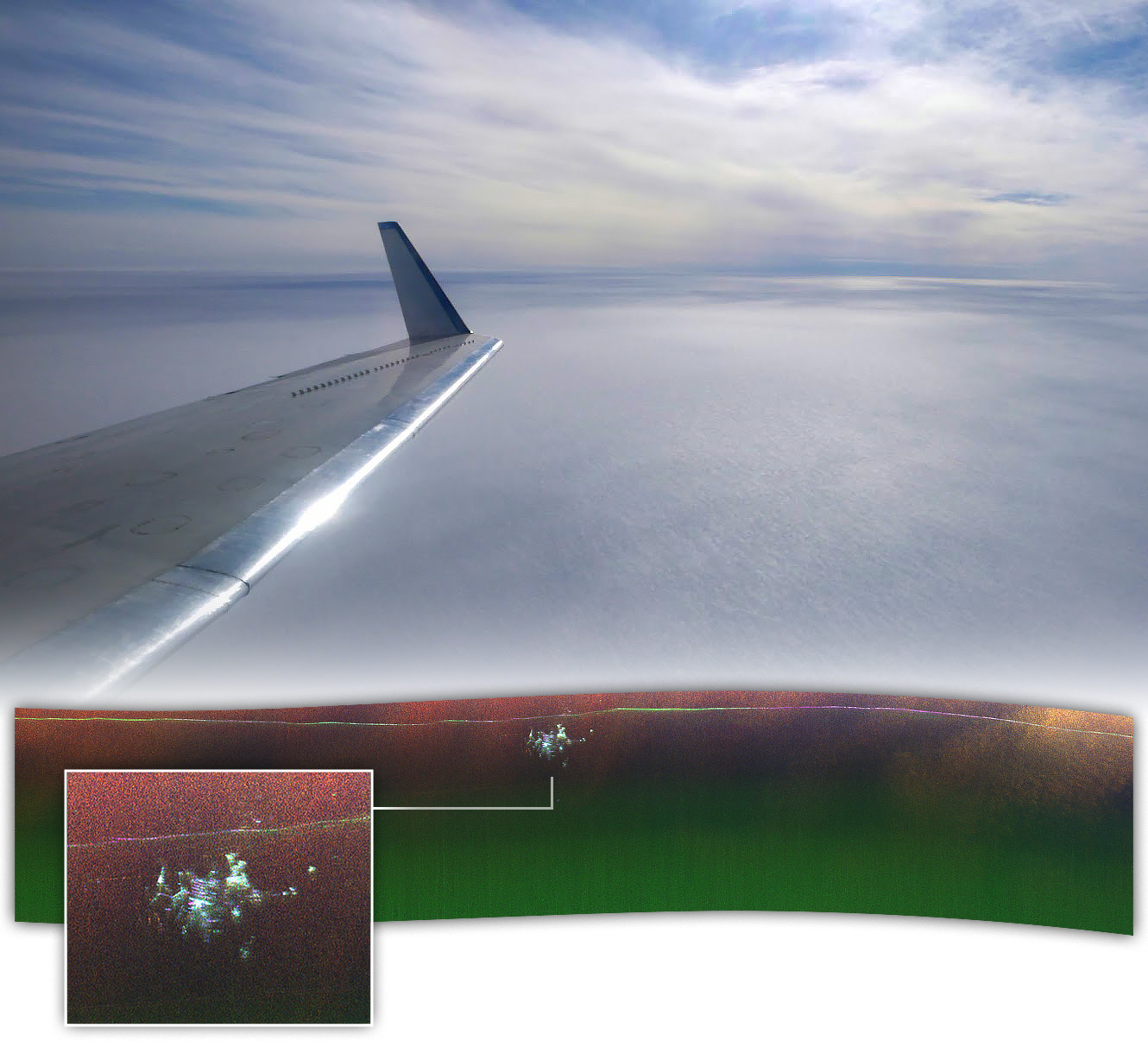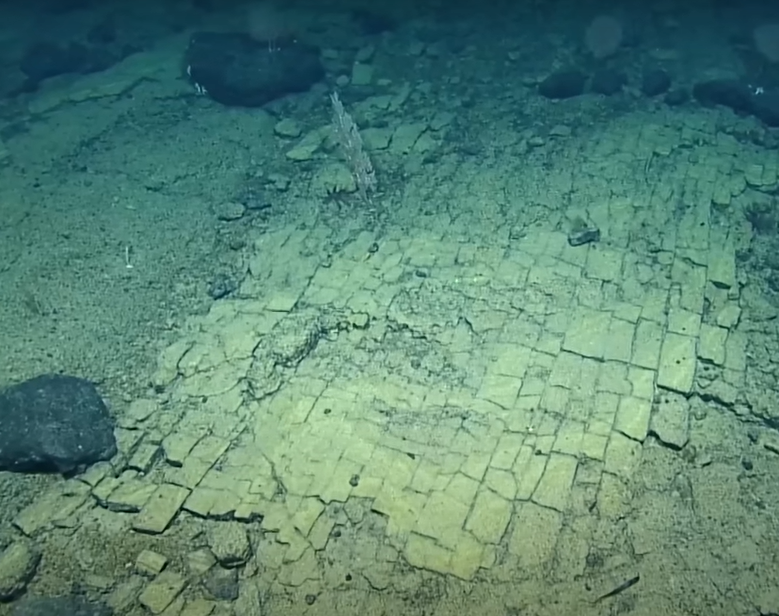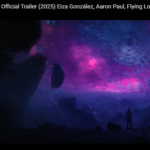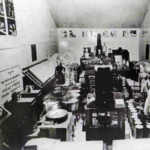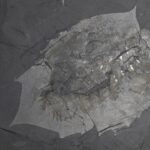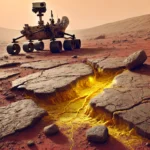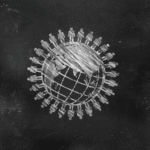An Accidental Discovery in the Ice
In April 2024, NASA scientists flying over northern Greenland made a surprising find. A radar system, mounted on a Gulfstream III jet, picked up an unusual pattern buried deep inside the Greenland Ice Sheet. That unexpected blip? It turned out to be Camp Century—a Cold War-era U.S. military base, hidden under more than 30 meters (100 feet) of snow and ice.
“We were looking for the bed of the ice and out pops Camp Century.”
The radar system used—called UAVSAR—wasn’t even looking for the base. It was there to test how well it could map ice layers and bedrock. But it did something past radars couldn’t: it showed the base’s structures in stunning detail, offering a view that past 2D radar scans never managed to capture.
A Cold War Project Long Forgotten
Camp Century was built in 1959 as part of Project Iceworm—a U.S. plan to hide mobile nuclear missiles beneath the ice. While the base’s public purpose was to study Arctic science, its top-secret goal was far more military in nature.
It featured:
- A nuclear reactor for power
- Housing for 85 to 200 soldiers
- Tunnels carved directly into the ice sheet
- Ice core research still cited by scientists today
But in 1967, the project was shut down. The U.S. removed the reactor core, but left behind massive amounts of waste. This includes fuel, sewage, and possibly radioactive coolant—all buried and forgotten until now.
A View Never Seen Before
Previous flights using ground-penetrating radar had detected faint signs of the base. But they could only see flat cross-sections. UAVSAR changed that. It looks downward and sideways, creating a 3D-like radar map. Comparing these new radar scans with old blueprints, scientists could match the tunnels and layout almost perfectly.
However, the images aren’t easy to read. One part of the radar shows the ice bed—a layer that’s more than a mile beneath the surface—appearing visually “above” the base due to the angle of the scan.
“In the new data, individual structures in the secret city are visible in a way that they’ve never been seen before.”
A Ticking Environmental Risk
Camp Century is more than just a Cold War ghost story—it may soon become a real problem. As climate change accelerates, scientists are warning that the ice covering the base could begin to melt by 2090.
Once that happens, the buried waste—spread over 136 acres—could enter the environment. This includes:
- 53,000 gallons of diesel fuel
- 63,000 gallons of wastewater
- Unknown amounts of radioactive coolant
“It’s only a matter of time before the wastes melt out; it becomes irreversible.”
Researchers from the Cooperative Institute for Research in Environmental Sciences (CIRES) have studied the risks, suggesting that what was once considered permanently frozen may no longer be safe.
Why This Matters for the Future
The rediscovery of Camp Century shows both the power of new radar tools and the hidden dangers of a warming planet. UAVSAR isn’t just about revealing the past—it’s also about predicting sea level rise by giving scientists better maps of ice thickness and structure.
“Without detailed knowledge of ice thickness, we can’t predict how the ice sheets will respond to warming oceans and air.”This radar system will now help map similar regions in Antarctica and other icy parts of the world. But it has already done something extraordinary—by unearthing a city that was never meant to be found

